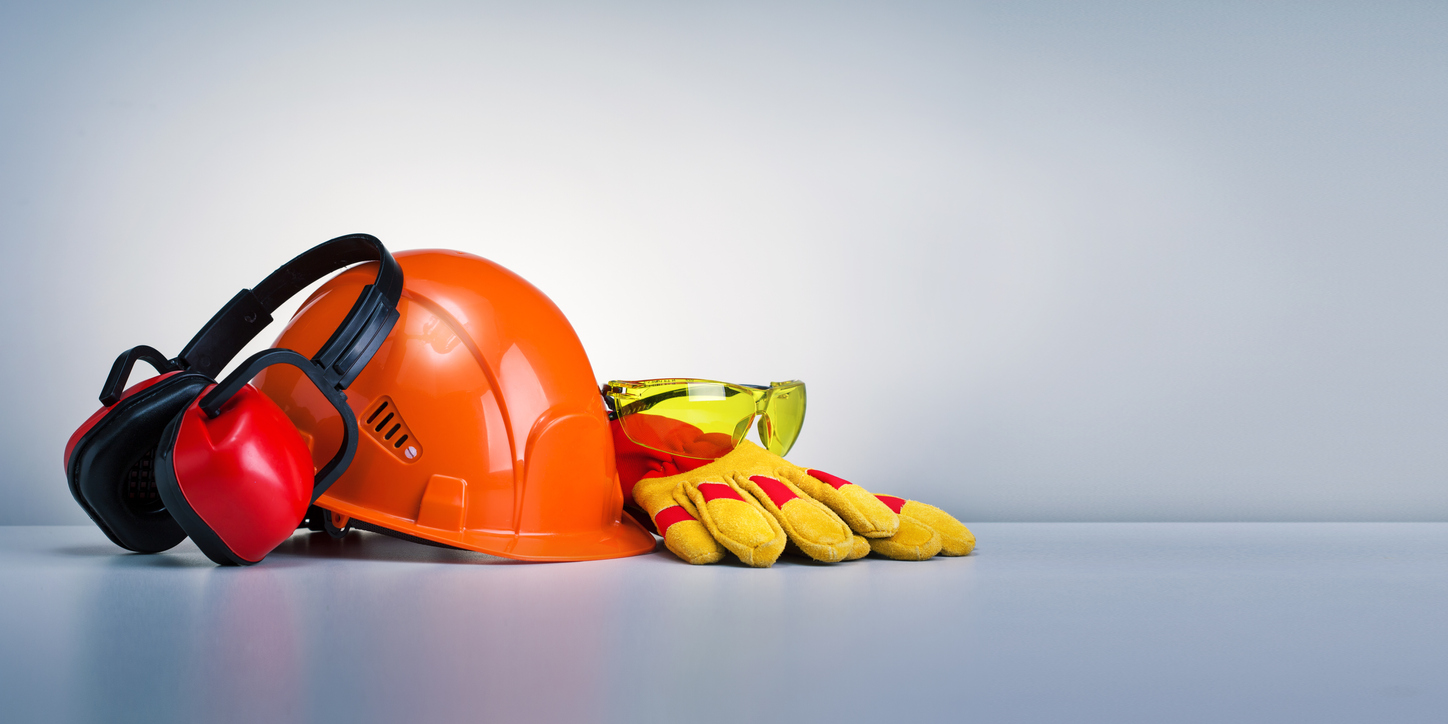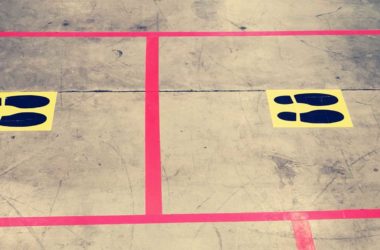In the modern world, the electronics industry is a significant and rapidly involving sector which is responsible for new technologies and innovative products. From consumer electronics like laptops and mobile phones to producing complex components for aerospace and healthcare applications. However, with progressive technology and sophisticated machinery, unique safety challenges arise. In order to protect the health and safety of workers in this industry, personal protective equipment (PPE) serves as an essential first line of defence.
What is PPE?
PPE is equipment designed to be worn or held by a person to provide protection against risk to that person’s health or safety.
Though PPE should not be relied on as the sole protection from hazards, it is often an essential part of an employee’s protection when performing specialist or non-routine tasks such as those required during routine maintenance.
It is also important to understand that PPE includes the use of connections to other types of safety equipment, for example mechanical fastenings to a rigid anchor point used when working at height or an air supply line used where breathing safely becomes difficult. These connectors or additional parts may be supplied separately to the equipment, but they must be considered as protective clothing. Disposable or replacement parts such as dust filters must also be regarded as PPE because the function of the interchangeable part is critical to the safe operation of the equipment.
Why is PPE required?
There are a variety of hazards that workers have to be considerate of on a day-to-day basis, working with potentially dangerous machinery, chemicals and noise. Here are some of the most prominent hazards that workers must protect themselves against to avoid any serious health risks:
- Chemical exposure – solvents, adhesives and fluxes can pose serious health risks.
- Electrical hazards – electric shocks and electrical fires can be caused, especially during the manufacturing and testing stages.
- Noise pollution – prolonged exposure to loud noise can damage hearing permanently.
- Heat hazards – when machines operate under extremely hot temperatures, there is a risk of burns and heat-related illnesses.
- Electrostatic discharge (ESD) – can cause severe damage to components and electrostatic shock can be painful to humans. It can also cause explosions or fires in flammable environments.
- Dust and particulate matter – small particles and dust can cause respiratory problems when inhaled.
Check out our article about the importance of PPE if you want to find out more about how workers should be protected.
Types of PPE

In all instances, the protection equipment provided must be selected in relation to the nature of the hazard. Take a look at some of the most common types of PPE used in the electronics industry, from the design and manufacturing stages right through to quality control and packaging.
- Head protection – Helmets or hard hats are essential to safeguard workers from falling objects and head injuries.
- Eye and face protection – The eyes and face are protected against chemical splashes, dust, and flying debris with safety goggles and face shields. In some circumstances, workers might additionally require laser radiation protection.
- Hand and arm protection – Gloves and sleeves protect hands and arms from chemical exposure, cuts, burns, and ESD. Specialised gloves designed for different tasks are available, such as ESD-safe gloves for handling sensitive components. It is crucial to safeguard against electrostatic discharge, read more here to protect your employees against incidents.
- Hearing protection – To prevent exposure to loud noise levels, earplugs or earmuffs are used to protect worker’s hearing.
- Foot protection – Safety shoes or boots provide protection against electrical hazards, sharp objects, chemical spills and also offer slip resistance.
- Ergonomic clothing – Anti-static, flame-resistant, and chemical-resistant clothing protect workers from chemical exposure, heat, and static electricity. This clothing is designed to minimise the risk of injury while ensuring comfort and ease of movement.
- Respiratory protection – Respirators remove dangerous substances and pollutants from the air using filters, protecting workers from breathing any toxicants.
A wide selection of PPE is available from the Distrelec webshop. Browse the selection below.
EU Regulations for PPE
To guarantee the performance and safety of such equipment, the European Union (EU) has established a comprehensive set of standards for personal protective equipment. Some of the most important EU standards for PPE are listed below:
- Personal Eye Protection – EN 166:2001
- Hearing Protection – EN 352 Series
- Industrial Safety Helmets – EN 397:2012
- Respiratory Protective Devices – EN 149:2001+A1:2009
- Protective Gloves – EN 420:2003+A1:2009
- Protective Gloves Against Mechanical Risks – EN 388:2016
- Safety Footwear – EN ISO 20345:2011
- Electrostatic Discharge (ESD) Protection – EN 61340 Series
- Protective Clothing Against Infectious Agents – EN 14126:2003
- Personal Protective Equipment Against Falls From a Height – EN 361:2002
- High-Visibility Clothing – EN 20471:2013+A1:2016
Conclusion
Safety should always come first in the fast-paced, cutting-edge world of electronics manufacturing. Workers need to be protected from the numerous hazards they encounter every day, and personal protective equipment is essential for this. Electronics firms should diligently establish and maintain efficient PPE programmes to safeguard their employees, assure regulatory compliance, increase productivity, and improve their standing in the market. Let’s not overlook the significance of safeguarding the people who make it all possible in a field recognised for pushing the limits of technology.
Distrelec, a leading distributor of electronics, prioritises the safety of workers by offering a range of PPE products. This includes head protection, goggles, safety clothing, shoes, and gloves from well-known brands such as 3M, RND, or Eurostat. Visit the Distrelec webshop to explore and find all the products you need to ensure the safety of your employees and environment.
Gloves

Eye Protection

Hearing

Footwear















